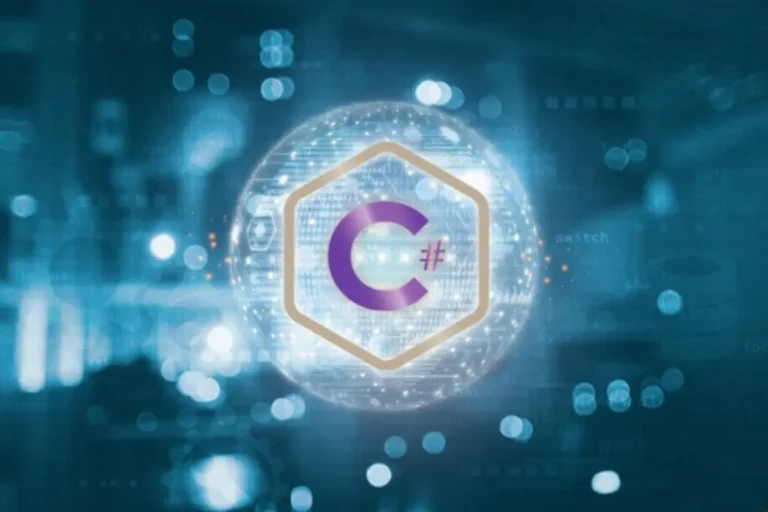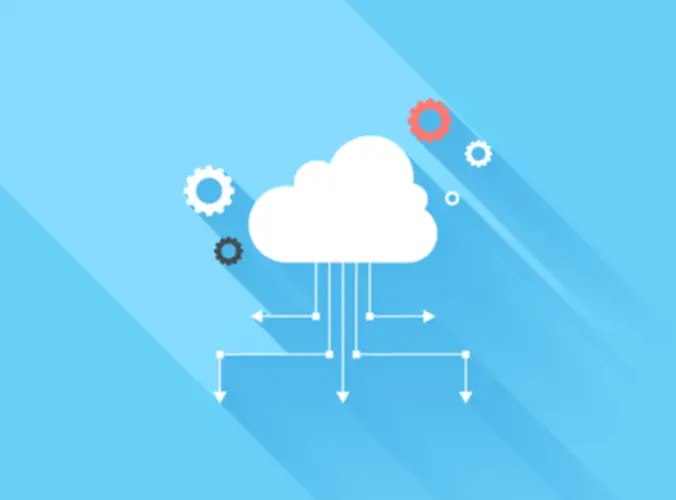Necesitas un mínimo de 4 platos más para realizar tu pedido.
Necesitas un mínimo de 4 platos más para realizar tu pedido.
The first hardware exception dealing with was found in the UNIVAC I from 1951. Arithmetic overflow executed two instructions exception handling at tackle 0 which could switch management or repair up the outcome.[16]Software exception handling developed in the 1960s and 1970s. Exception dealing with was subsequently extensively adopted by many programming languages from the Eighties onward. Although the attempt, throw and catch blocks are all the same in the Java and C++ programming languages, there are some fundamental variations in every language. Exception dealing with is beneficial for dealing with exceptions that cannot be dealt with locally.

This means Nothing can be used as a return kind or generic type the place some other sort is expected, without inflicting sort errors. The compiler identifies the presence of an exception, it shortly packs the acknowledged exception within the type of an object. But an error is something https://www.globalcloudteam.com/ that contributes to creating a program not capable of executing and typically collapse as properly. For instance, when amassing exceptions into an exception group, we may wantto add context data for the individual errors. In the following eachexception within the group has a note indicating when this error has occurred.

The runtime system searches the decision stack for a way that incorporates a block of code that may deal with the exception. The search begins with the method during which the error occurred and proceeds via the call stack within the reverse order in which the methods have been referred to as. When an acceptable handler is found, the runtime system passes the exception to the handler. An exception handler is considered acceptable if the type of the exception object thrown matches the sort that can be handled by the handler. Yes, runtime exceptions can be handled in Java using try-catch blocks similar to checked exceptions.
Exception Handling is a mechanism that is used to deal with errors or unexpected behaviour that will happen through the execution of a program. By using exception dealing with, builders can create applications that gracefully handle errors and supply useful suggestions to customers. If a method does not deal with a checked exception utilizing a try-catch block or doesn’t declare it using the `throws` keyword, it’ll give a compilation error. Notice that “Program complete” will print when an exception is caught. This demonstrates that the lastly block will execute it doesn’t matter what.

You should additionally handle or specify all exceptions that might be thrown while closing the useful resource. A NumberFormatException, for example, gets thrown when a String has the wrong format and can’t be transformed into a number. This exception is definitely an indicator of an underlying exception in a method.
We use this error code to offer additional information about the reason for the exception. The throw keyword throws an exception when a problem is detected, which lets us create a customized error. Exception dealing with refers to the strategy of managing and addressing exceptional situations that come up during the deduction administration course of. With effective exception handling, firms can minimize monetary losses, improve money flow, improve customer relationships, and ensure accurate accounting data. Nothing is a particular sort in Kotlin used to symbolize features or expressions that never full efficiently, both because they all the time throw an exception or enter an countless execution path like an infinite loop.
After all this, management is handed back to A, possibly with B being in an inconsistent state. This third possibility requires that the programmer who wrote A knows the semantics of the exception-handler, which may not be practical. The Reset exception is the highest priority exception and is all the time taken each time it’s signaled. The reset handler initializes the system, together with setting up memory and caches. External interrupt sources should be initialized earlier than enabling IRQ or FIQ interrupts to keep away from the possibility of spurious interrupts occurring earlier than the appropriate handler has been arrange.

For example, an ArrayIndexOutOfBoundException (which is a subclass of Exception) should be caught earlier than Exception in the catch hierarchy. This is because Exception will catch all of its subclasses exceptions, but is not going to give the element needed that the ArrayIndexOutOfBoundException might present. Multiple catch statements can be utilized for one strive block if there is a probability two completely different exceptions might be thrown. For example, when you had been making an attempt to divide two numbers in two indexes of an array, there is a likelihood an ArithmeticException or an ArrayIndexOutOfBounds exception could be thrown.
Thus, the FIQ handler can start instantly on the FIQ vector location, since it is on the end of the vector desk. The department instructions trigger the computer to jump to a specific location that may deal with the particular exception. Condition dealing with moreover provides a separation of mechanism from policy.
Such exceptions must be caught by an exception-handling routine, which offers with them appropriately (by raising an alarm or printing some output). An exception is any condition that should halt the normal sequential execution of directions. In addition to try, catch and throw, Java supplies another keywords to handle checked exceptions. One is «lastly,» which is used to execute this system’s essential code, no matter whether or not an exception is handled or not. Another is «throws,» which is all the time used with methodology signature to declare a checked exception and specify that an exception would possibly happen in the methodology. All exception and error varieties are subclasses of the class Throwable, which is the base class of the hierarchy.
Not only does this scale back the burden on the caller, it also makes it potential to improve the implementation with none adjustments having to be propagated to outside the routine. Here, module A calls module B, which executes usually till it encounters exception c. B does not have the handler for this exception, so it propagates the exception back to its calling module, A, which executes the suitable handler. Effective exception-handling could make a major contribution to system fault tolerance. For this reason, a substantial fraction of the code in lots of current applications is devoted to exception-handling. Throughout this discussion, we will assume that an exception is triggered in some routine that’s invoked by another routine or by an operator external to the system.


El lanzamiento de COMOBIEN ha sido todo un éxito. Por esta razón, hemos decidido hacer una pausa y centrar todo nuestro esfuerzo en reorganizar los departamentos con la finalidad de poder darte un excelente servicio.
* Si quieres estar informado de las novedades, déjanos tu email aquí: